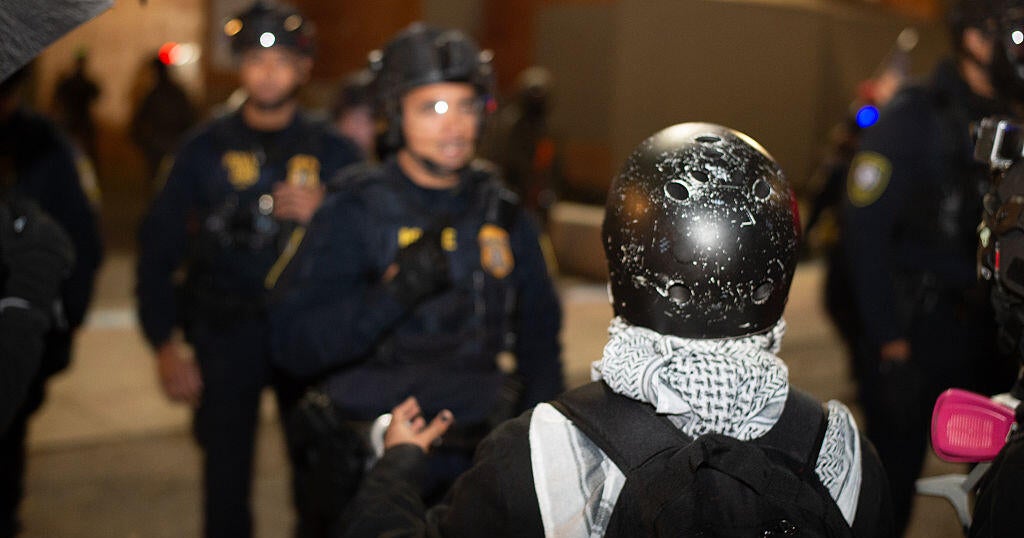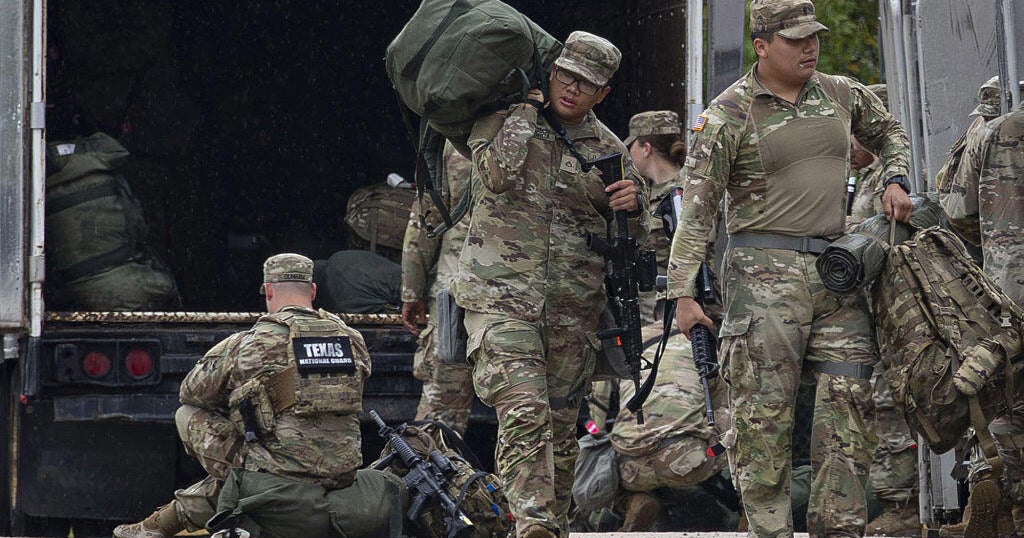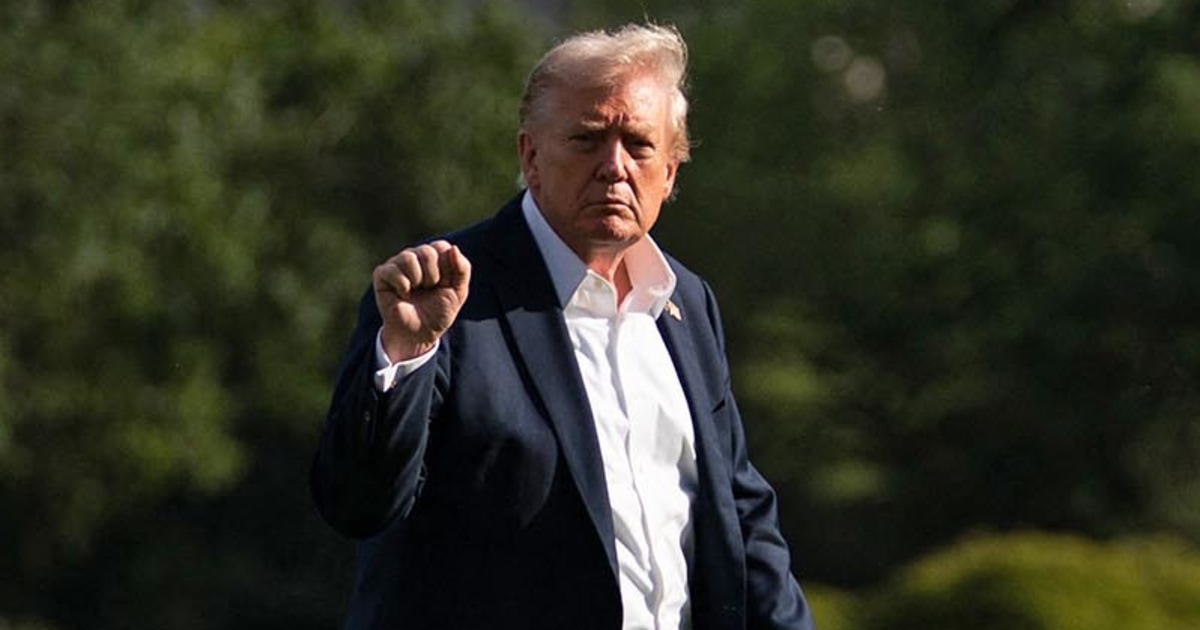Federal Judge Blocks Trump's National Guard Deployment to Portland
#portland #national_guard #judiciary #federal_authority #protests

Federal Judge Halts Trump’s National Guard Deployment to Portland
In a landmark ruling, a federal judge has permanently barred the Trump administration from deploying National Guard troops to Portland, Oregon, in response to ongoing protests against the administration’s immigration policies[1]. The decision comes after President Trump sought to federalize 200 Oregon National Guard members, claiming Portland was “war ravaged” by demonstrations—a move that sparked immediate legal challenges from the city and state[1]. U.S. District Court Judge Karin J. Immergut, herself a Trump appointee, found that the administration failed to demonstrate legal authority for such a deployment under current law, though she allowed the troops to remain under federal control for now[1].
Legal and Political Context of the Dispute
The court battle highlights the ongoing tension between federal authority and local governance, as Portland has been a flashpoint for protests since summer 2020, when federal agents were previously deployed amid clashes over racial justice and immigration enforcement[3]. While the judge’s order does not prevent future deployments if conditions change, it sets a significant precedent by requiring the federal government to meet a high legal bar before sending troops into American cities[1]. This ruling underscores the delicate balance between maintaining public order and respecting constitutional limits on presidential power, as the nation continues to grapple with protests, policing, and federal intervention in local affairs.
About the Organizations Mentioned
U.S. District Court
The **U.S. District Courts** are the principal trial courts in the federal judiciary of the United States, responsible for hearing both civil and criminal cases under federal law. There are 94 active district courts distributed geographically across the country, with each state having one or more districts depending on population and caseload. These courts handle trials involving federal statutes, constitutional questions, disputes between residents of different states, and federal crimes[1][3][6][7]. **History and Structure:** Established by the Judiciary Act of 1789, the U.S. District Courts were initially organized into thirteen judicial districts coinciding with the states existing at the time. Initially focused on admiralty, maritime, and minor civil cases, their jurisdiction expanded throughout the 19th century to include a broader range of civil and criminal matters. Each district court is presided over by at least one United States District Judge, appointed by the President and confirmed by the Senate to serve lifetime terms, ensuring judicial independence. Federal magistrate judges assist with pretrial matters and certain hearings, appointed for renewable terms to help manage heavy caseloads[1][4][6]. **Key Functions and Operation:** District courts serve as the fact-finder in trials, conducting hearings, managing evidence, and issuing rulings that apply federal law. They have original jurisdiction over most federal cases, including civil rights, antitrust, patent, and federal criminal prosecutions. Decisions from district courts may be appealed to one of the twelve regional U.S. Circuit Courts of Appeals or, in some specialized cases, to the Federal Circuit or the U.S. Supreme Court[5][6][7]. **Notable Aspects and Achievements:** The U.S. District Courts form the backbone of the federal judiciary, often handling complex, high-impact cases that shape business, technology, and public policy. Their lifetime-appointed judges provide stability and consistency in interpreting evolving laws, including those related to emerging technologies and intellectual property. The system’s design balances local accessibility
Oregon National Guard
The **Oregon National Guard (ORNG)** is a vital component of the U.S. National Guard, comprising the Oregon Army National Guard and the Oregon Air National Guard. This organization plays a dual role, serving both state and federal interests. ## Organization and Roles - **State and Federal Service**: The ORNG is primarily under the jurisdiction of the Governor of Oregon but can be federalized by the President during times of national need. It supports state missions such as disaster relief, search and rescue operations, and civil defense, while also participating in federal missions like overseas deployments[3][5]. - **Components**: The Oregon Army National Guard and the Oregon Air National Guard are equipped and trained by their respective branches of the U.S. military. The Air National Guard is headquartered at the Oregon Military Department in Salem and operates as an Air Reserve Component of the U.S. Air Force[3]. ## History - **Early Beginnings**: The Oregon National Guard traces its roots back to 1843, when settlers first formed volunteer militias. This was long before Oregon became a state in 1859[8]. - **World War II Contributions**: During World War II, the Oregon National Guard played a significant role in defense efforts, with over 600 men entering federal service and participating in various military operations[4]. ## Current Status and Achievements - **Modern Operations**: Today, the ORNG continues to support state and federal missions. It is involved in disaster response, homeland security, and overseas deployments. The organization is also committed to community service and youth programs[5]. - **Technological Integration**: The ORNG leverages advanced technology to enhance its operations, including communications, logistics, and cybersecurity, aligning with broader trends in business and technology[5]. ## Notable Aspects - **Dual Status**: The National Guard Status Act of 1933 allowed Guardsmen to serve both as state militia and federal reservists, enhancing their flexibility and role in national defense[9].
Trump administration
The **Trump administration** refers to the executive branch of the U.S. federal government during Donald J. Trump’s presidency, initially from January 20, 2017, to January 20, 2021, and resuming with his second term starting in 2025. It was characterized by a mix of aggressive domestic policies, significant judicial appointments, and a distinct foreign policy approach that emphasized "America First" principles[4][8]. The administration’s key activities included **tax reform**, notably passing the $3.2 trillion Tax Cuts and Jobs Act, which represented the largest overhaul of the U.S. tax code in decades[5]. Trump also renegotiated trade agreements with major economies including Mexico, Canada, China, Japan, and South Korea, prioritizing bilateral deals over multilateral ones such as the Trans-Pacific Partnership (TPP), which the administration withdrew from early on[1][2]. The administration sought to protect American jobs by restricting cheap foreign labor and influencing agencies like the Tennessee Valley Authority to retain American workers[5]. On the judicial front, the Trump administration appointed over 200 federal judges, including three Supreme Court justices—Neil Gorsuch, Brett Kavanaugh, and Amy Coney Barrett—shaping the judiciary for years to come[4]. These appointments were among the most significant achievements, influencing U.S. law on multiple fronts. In foreign policy, the administration pursued a controversial agenda: it imposed travel bans on several predominantly Muslim countries, withdrew U.S. troops from northern Syria, and supported Saudi Arabia militarily despite congressional opposition related to the Yemen conflict[1][3]. It also fostered new international technology alliances, such as securing commitments from allies to exclude Chinese telecom giant Huawei from 5G infrastructure and signing AI cooperation agreements with the UK[5]. The Trump administration faced substantial political turmoil, including two impeachments by the House of Representatives—first in 2019 over Ukraine dealings, and again in 2021 following the January







